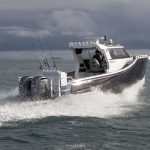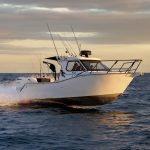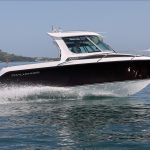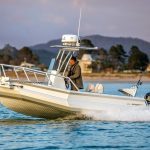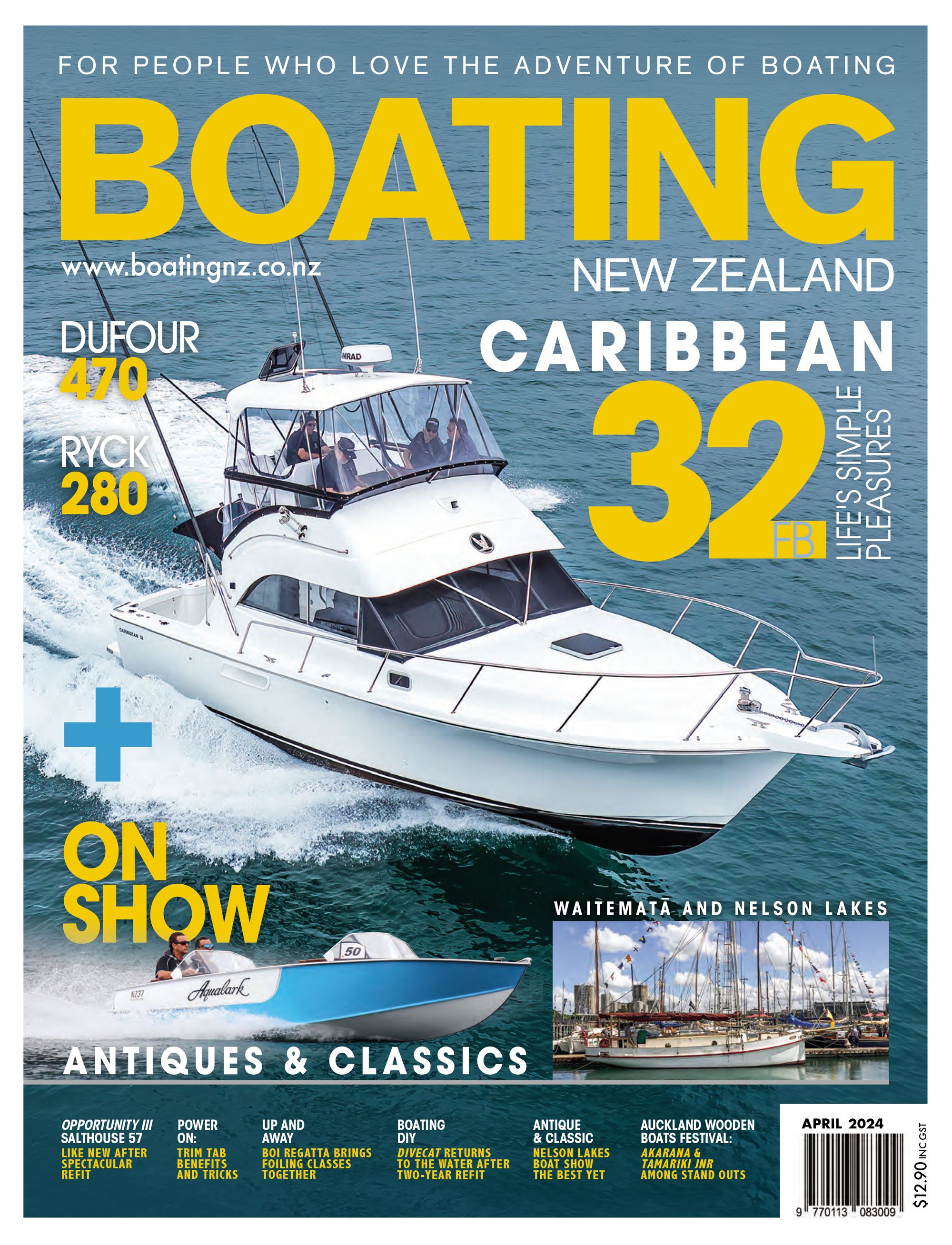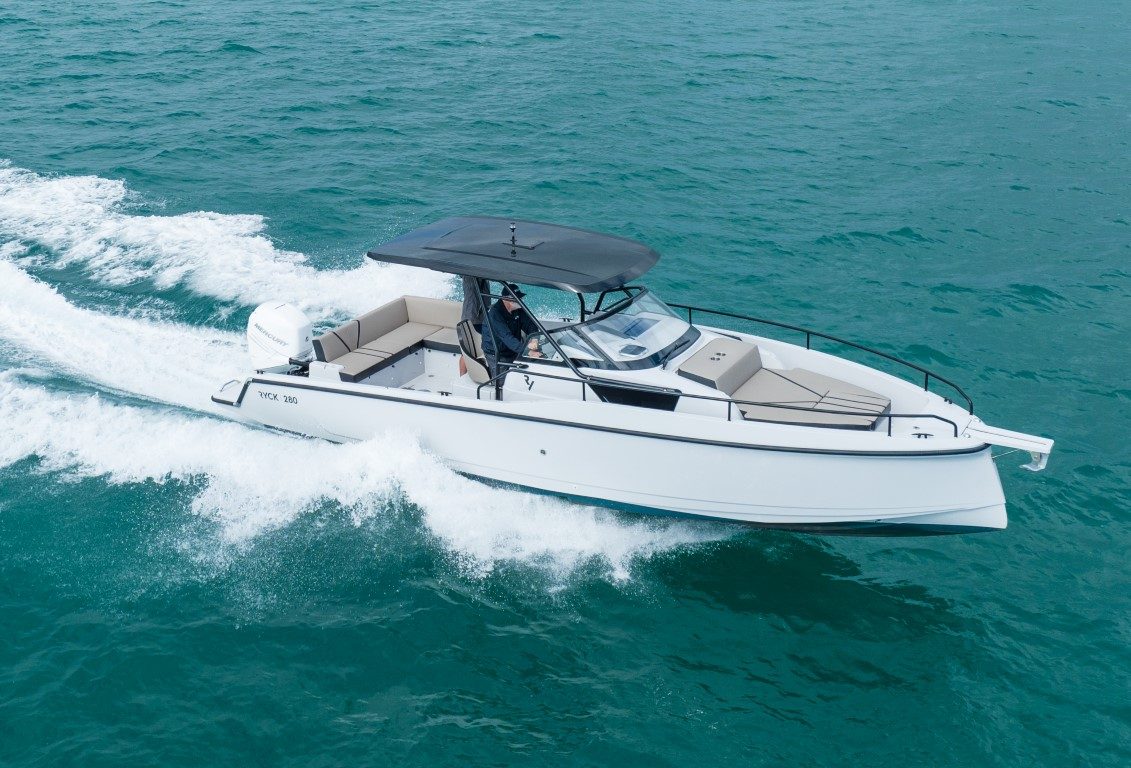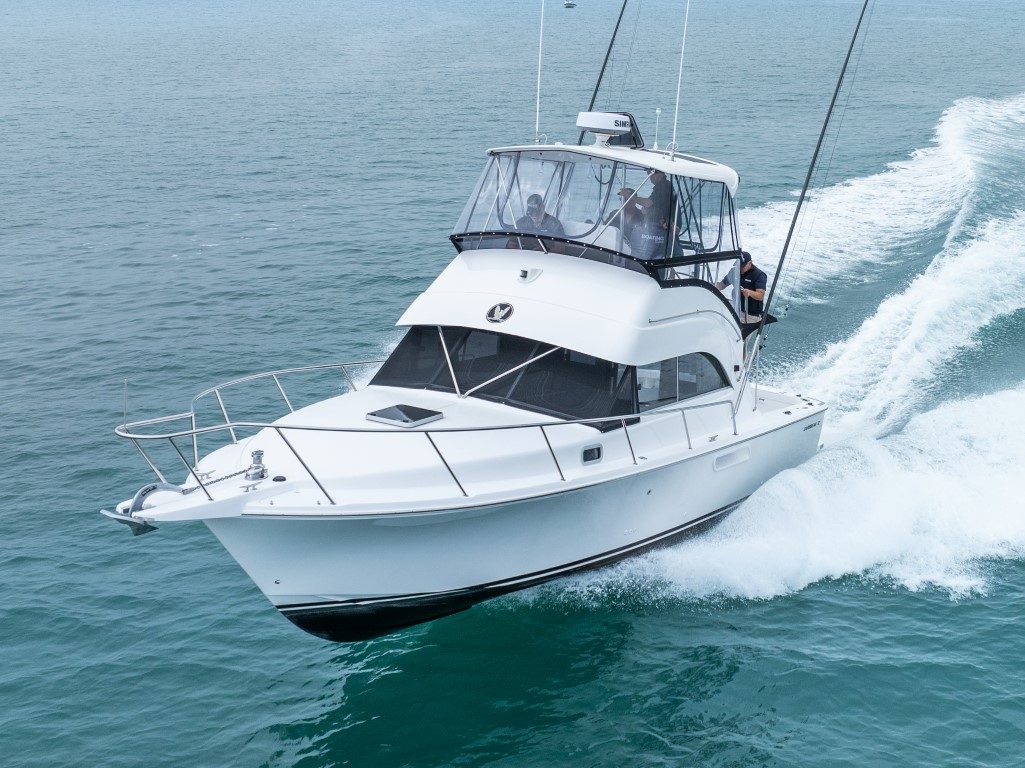She feels really easy and comfortable to sail, even in a good breeze and a chop.
- Performs and handles very well
- Efficient hull works well with modest horsepower
- Over 3000 535s sold
- In continuous production since 1983
- Although missing a few luxuries, the SF535FB version is still well appointed












